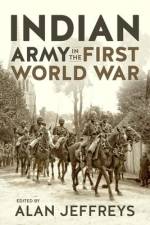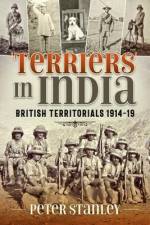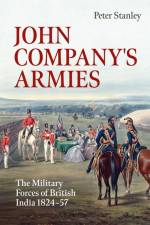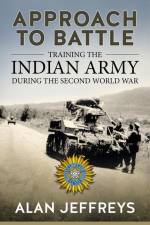av Peter Stanley
529,-
Explores the unique multi-ethnic British Indian armies under the East India Company.The armies of British India were, as one of its members wrote, 'the most extraordinary phenomenon in the history of the world.' Multi-ethnic, composed of men of diverse ethnicities and faiths, under the flag of the East India Company - 'John Company' -they conquered or controlled much of the Indian sub-continent by 1850, victorious in all but one major war (the first disastrous intervention in Afghanistan).Four armies served and fought for John Company: the three 'presidency armies' of Bengal, Madras and Bombay, and the regiments of the British Army, rented from the Crown by the Company. Together, this disparate collection of European and 'Native' corps - regular and irregular -numbered over 300,000 uniformed men at its height. The army that the 1857 Mutiny destroyed or changed out of recognition essentially dated from the reorganisation of 1824. In the intervening 33 years, John Company's armies not only fought half-a-dozen major wars (in Burma, Afghanistan, China, the Punjab, and across India itself), it also faced dozens of insurrections and rebellions, some of which entailed such sustained conflict that they gained their units battle honours. In doing so, the armies of British India created a distinctive military culture, one that the Mutiny decisively changed.John Company's Armies traces what those forces constituted and how they were commanded; how they lived and died in camps and cantonments; how they prepared for war (and how conflict in India changed) and how they fought against external foes and internal threats to the Company's rule. It uses a wealth of contemporary sources, archival, visual and published, including research on the sites of battles and cantonments, to evoke the armies' composition and character. It deals with both European and Native forces, explaining their idiosyncratic organisation, practices and terminology, and shows how British-Indian armies both prepared for battle and how they experienced it, drawing on the words and images of dozens of its members.John Company's Armies is intended for both the specialist seeking the first comprehensive account of a force traditionally examined to explain the outbreak of the 1857 Mutiny, and for readers such as family historians needing to understand how the army of a distant relative was formed, functioned, and how it fought.




